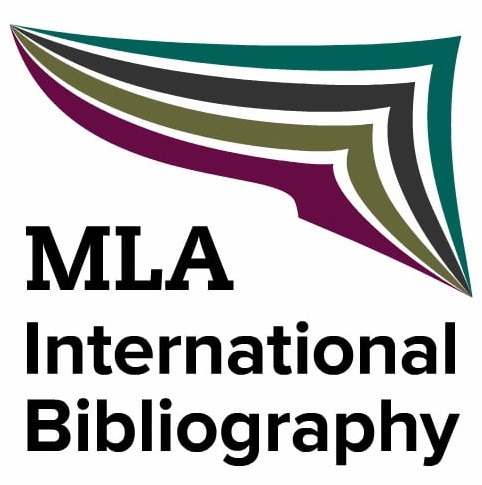“These Aren’t the Right Pictures” Framing Strategies in Rutu Modan’s “Ha-nekes” (2013)
DOI:
https://doi.org/10.13135/2281-6658/3089Parole chiave:
Rutu Modan, Paratesto, Graphic Novel, PostmemoriaAbstract
The tension between referentiality and fictionality, or fictionalization, has historically been at the center of a debate concerning the function and, more importantly maybe, the reception, of three tools: the paratext, the photographical medium, and the literary genre of the graphic novel. In different contexts and from different points of view, these three elements have aroused reactions and questions about the definition of the boundaries between reality and fiction on one side, and renewed the longstanding debate over the ability of mimetic arts of being a truthful way of knowledge, on the other. By using the idea of framing as a way to define the borders between, at the same time, text and context, reality and fiction, what is seen and what is shown, the paper aims at analyzing the strategies employed in Rutu Modan’s graphic novel Ha-nekes (2013) in addressing these polarities. Some of the implications in the use of the notion of framing will be especially developed in relation to what Jan Baetens and Hugo Frey defined as “the ability of the graphic novel to work on the borderlines of first-person narrative, history-from-below, and oral history as well as to introduce fiction with historical meaning (and vice versa)” and Marianne Hirsch’s definition and use of “postmemory.”
Downloads
##submission.downloads##
Pubblicato
Fascicolo
Sezione
Licenza
Gli autori mantengono i diritti sulla loro opera e cedono alla rivista il diritto di prima pubblicazione dell'opera, contemporaneamente licenziata sotto una Licenza Creative Commons - Attribuzione che permette ad altri di condividere l'opera indicando la paternità intellettuale e la prima pubblicazione su questa rivista.







